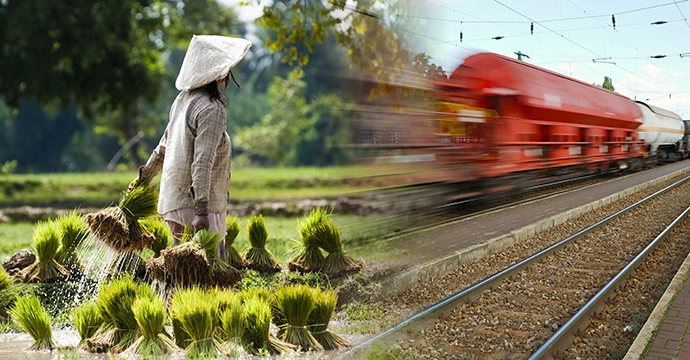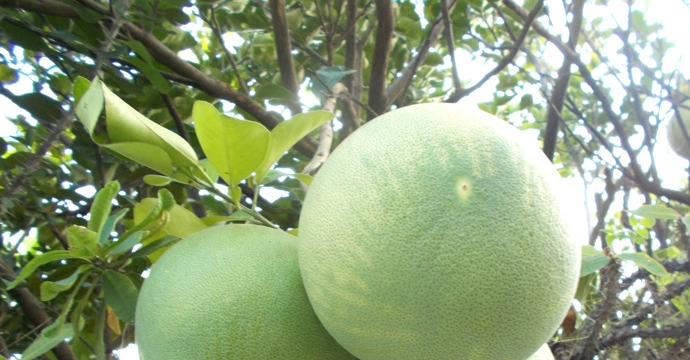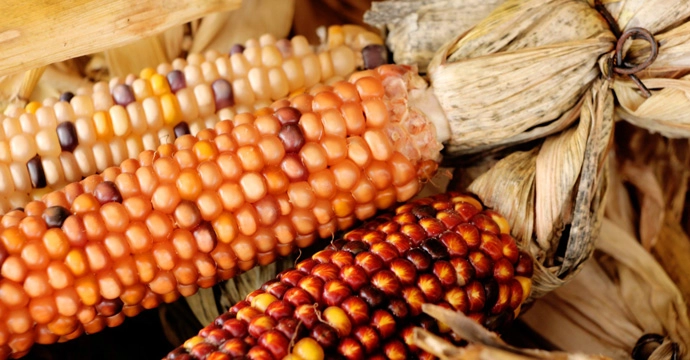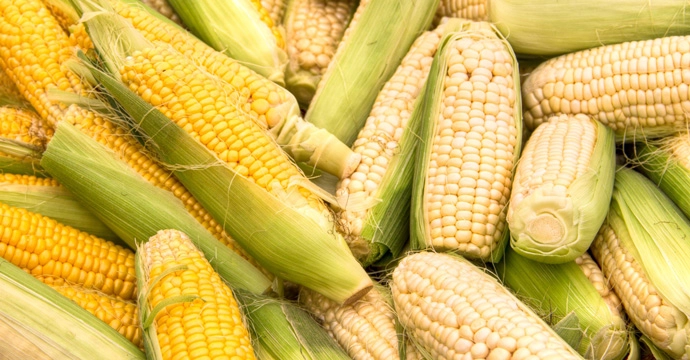China’s “New Quality Productive Forces”
Image: Mikhail Denishchenko, Production Technology (Publicdomainpictures.net)
Coined by President XI Jinping in 2023, the term “new quality productive forces” is of great significance because related reforms, with reference to various types of investment, have been identified by the Chinese leadership. Key talks given in 1992 by the late reformist leader DENG Xiaoping and select court cases recently released by China help illuminate the meaning of the term. Actions taken by the courts in these cases to support the development of “new quality productive forces” allow investors to better assess related opportunities.Read more










